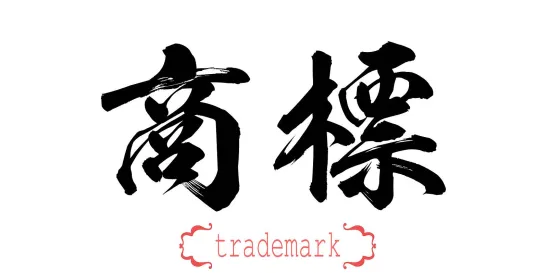On December 21, 2023, China’s National Intellectual Property Administration (CNIPA) released the Patent Examination Guidelines (专利审查指南) in conjunction with the Implementing Regulations of the Patent Law and effective January 20, 2024. The Guidelines are similar to the U.S. Patents & Trademark Office’s Manual of Patent Examining Procedure (MPEP) by providing guidance on the procedure and examination of Chinese patent applications. Based on a first reading, one of the major changes outlined in the Guidelines is an introduction of a preliminary inventiveness examination of utility models, which were previously not subject to any substantive examination. Note that this may be just making official what has already been in practice as indicated by the 25% decline in utility model grants so far this year.

Specifically, Part I, Chapter 2, Section 11, of the Examination Guidelines (page 70) states:
Examination under Article 22, Paragraphs 2 and 3 of the Patent Law. During the preliminary examination, the examiner will examine whether the utility model patent application obviously lacks novelty and inventiveness. The examiner can examine whether the utility model patent application obviously lacks novelty based on the information he obtains about the prior art or conflicting applications. For examination on novelty, please refer to the provisions of Chapter 3 of Part II and Chapter 6, Section 3 of Part IV of these Guidelines. The examiner can examine whether a utility model patent application obviously lacks inventive step based on the information he or she has obtained about the prior art. For examination on inventive step, please refer to the provisions of Section 4 of Chapter 6 of Part 4 of these Guidelines.
Section 4 of Chapter 6 of Part 4 (page 453) refers to examination of utility models during invalidation:
Chapter 6 Several Provisions on the Examination of Utility Model Patents in the Invalidation Procedure
- Review of inventiveness of utility model patents
In the examination of the inventiveness of a utility model patent, all technical features of the technical solution, including material features and method features, should be considered. For the relevant contents of the inventiveness examination of utility model patents, including the concept of inventiveness, the examination principles of inventiveness, the examination criteria and the judgment of inventiveness of different types of inventions, please refer to the provisions of Chapter 4 of Part II of these Guidelines. However, according to the provisions of Article 22, Paragraph 3 of the Patent Law, the creativity of an invention means that the invention has outstanding substantive features and significant progress compared with the existing technology; the creativity of a utility model means that the invention has outstanding substantive features and significant progress compared with the existing technology. Compared with the existing technology, the utility model has substantial features and progress. Therefore, the standard of creativity for utility model patents should be lower than that for invention patents. The difference between the two in terms of inventiveness judgment standards is mainly reflected in whether there is “technical inspiration” in the existing technology. When judging whether there is technical inspiration in the prior art, there are differences between invention patents and utility model patents. This difference is reflected in the following two aspects.
(1) Field of existing technology
For invention patents, it is necessary to consider not only the technical field to which the invention patent belongs, but also its similar or related technical fields, as well as the technical problems to be solved by the invention that can prompt those skilled in the field to search for technical means. Other technical fields. For utility model patents, the general focus is on the technical field to which the utility model patent belongs. However, if the prior art provides clear inspiration, such as clear records in the prior art, prompting those skilled in the art to search for relevant technical means in similar or related technical fields, the similar or related technical fields may be considered.
(2) Quantity of Prior Art
For invention patents, one, two or more prior art can be cited to evaluate the creativity. For utility model patents, one or two prior art can generally be cited to evaluate their inventiveness. For utility model patents formed by “simple superposition” of existing technologies, multiple prior art can be cited depending on the situation to evaluate inventiveness according to circumstances.
The full Patent Examination Guidelines is available here (Chinese only).



 />i
/>i

